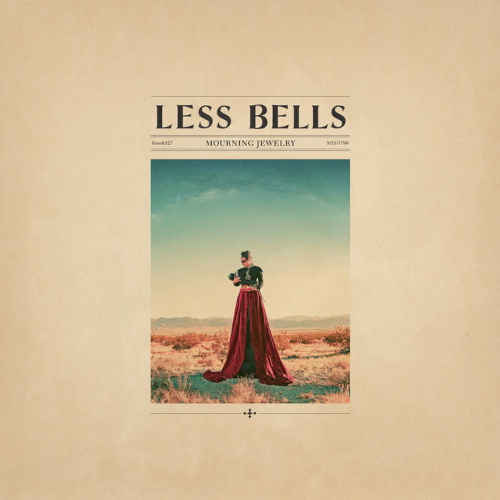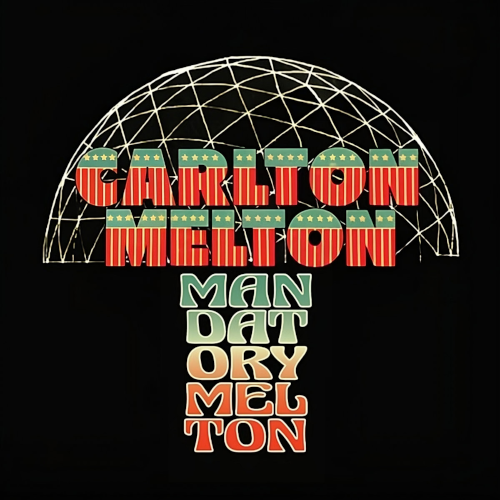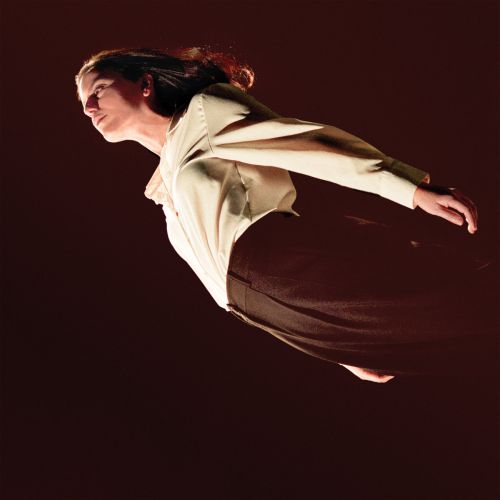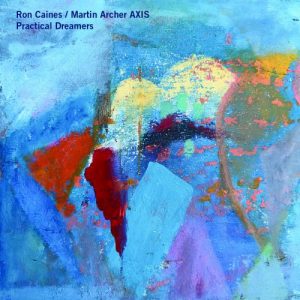 Two very different releases on Discus show label chief and horn champion Martin Archer‘s dizzying approaches to his craft.
Two very different releases on Discus show label chief and horn champion Martin Archer‘s dizzying approaches to his craft.
Reconvening the Ron Caines / Martin Archer AXIS for their fifth release and third in as many years, Practical Dreamers takes their usual approach and turns it on its head, leaving Ron to add his textured saxes to soundscapes already completed by Martin and sound processor Hervé Perez.
With the likes of Laura Cole on piano, Michael Bardon on cello and Johnny Hunter on drums, the seven players concoct a smoky, noir-ish drift with sorrowful violin casting Sam Spade shadows. There is light tension in the fluid piano runs, with string notes struck or bowed to linger in the shadows.
There is a sinuous, feline momentum bound up in the interplay between horn and strings, with piano and percussion making dramatic interjections. There is a sense of building towards something, minor key piano slightly on edge pushing the ever-light saxes. The disparity between sax and clarinet is stark and sometimes the mere appearance of the latter sends the former into paroxysms. They manage somehow to suffuse yearning with rapture, often in the same phrase and the sound is so light with Hervé’s wavering electronic washes helping to frame the subtle details of the strings, hovering like vibes strikes.In some places, Anton Hunter‘s guitar is menacing, striking panic in to the heart of the piano and sax. It sends them scurrying deep and low, dissipating. The vista turns blurry and the sounds are smeared and fall out of focus; while in others, the group finds the perfect mix of romance and mystery, but always with an undercurrent of the unexpected, electronic touches and percussive sparks reflecting the steely glint of strings.
There is a great dichotomy that runs through the album, textures matched and atmospheres alluded to, but always with room for the listener to become involved, settling in to the well constructed atmospheres.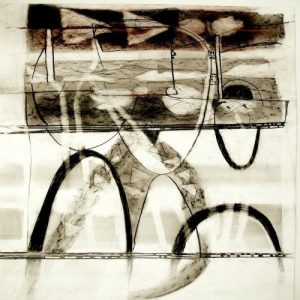 At the same time, Martin has released a duo album with percussionist Walt Shaw, which is a much more visceral affair.
At the same time, Martin has released a duo album with percussionist Walt Shaw, which is a much more visceral affair.
The variety in the five pieces here is dramatic, with the volatility of opener “Daya” curbed by the sparser “Biyu”. This is a low rumble with the muted call of autumn birds, a touch forlorn, a solitary tale with a sense of helplessness. The notes are loosened around the scattered percussion, but remain stranded, meandering over frozen ground.
“Uku” hints at the ’50s and is Henry Mancini-esque in its fleet-footedness and suavity; but the beauty of all of these pieces is how immediate they are. You really follow the thread as the pair tear from one piece to the other, not allowing the dust to settle and just letting the nature of the music flow naturally. There are moments, certainly towards the end, where the percussion is so subtle you need to lean in and concentrate on its deceptive reticence. It is particularly noticeable on the final track “Biyar” that Walt’s touch is a masterclass in support, a rolling rumble just above grass level, helping to prop up notes of increasing fragility until it draws to a halt.Biyartabiyu is an album of instant imagination, a constant flow of ideas that stays fresh from start to finish, but is a fascinating divergence form the AXIS album. Both are essential but in very different ways.

